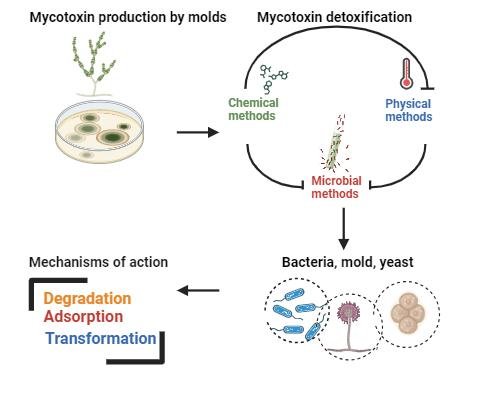JOURNAL 3144
Records of Agricultural and Food Chemistry
Year: 2024 Issue: 3 Special Issue: Abstracts 3rd. TCS, International Food Chemistry Congress February 29-March 03,2024 Antalya Türkiye
p.11 - 11
Viewed 1508 times.
GRAPHICAL ABSTRACT

ABSTRACT
Nowadays, the development of functional food formulations has gained importance due to the increasing demand of consumers for healthy products. Adding dried natural fruits such as berries is one of the easy ways to enrich foods. Berries, such as blueberry (Vaccinium corymbosum L.), aronia (Aronia melanocarpa) and cherry laurel (Laurocerasus officinalis Roem.) are good sources of phenolic compounds. They have strong antioxidant capacities related to health-promoting potentials on several diseases such as obesity, diabetes, hypertension, pro-inflammatory conditions, cardiovascular diseases and cancer. This study focuses on the effects of berries on the technological, nutritional and sensory quality of cereal products. There are many studies in the literature on the use of berries in cereal products, such as bread, pasta, noodles, cookies, cakes and crackers, which are widely consumed around the world. Functional cereal products enriched with berries can be used to prevent nutritional deficiencies of many nutrients. The incorporation of berries can enhance ash, dietary fiber, vitamin and mineral contents of cereal products and decrease their fat content. On the other hand, the inclusion of berries can provide a long shelf-life in bread samples and improve the oxidative stability of cakes because of their antioxidant and antibacterial properties. Furthermore, the addition of 5% dried berry powder can increase the firmness of pasta and cake samples. Berries at 5 and 10% levels can be used to prepare functional cereal products with consumer acceptability and high antioxidant capacity.
KEYWORDS- Natural fruits
- berries
- cereal products
- functional foods